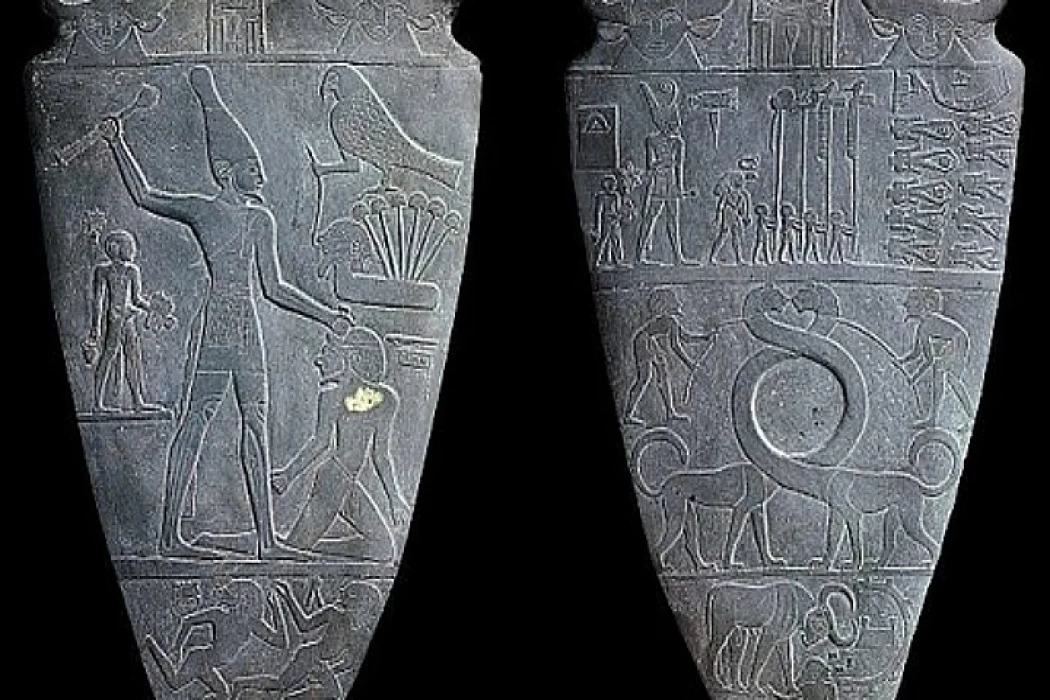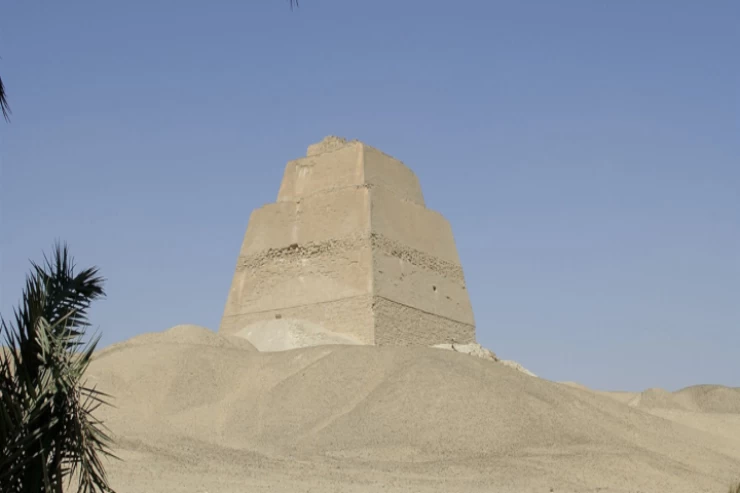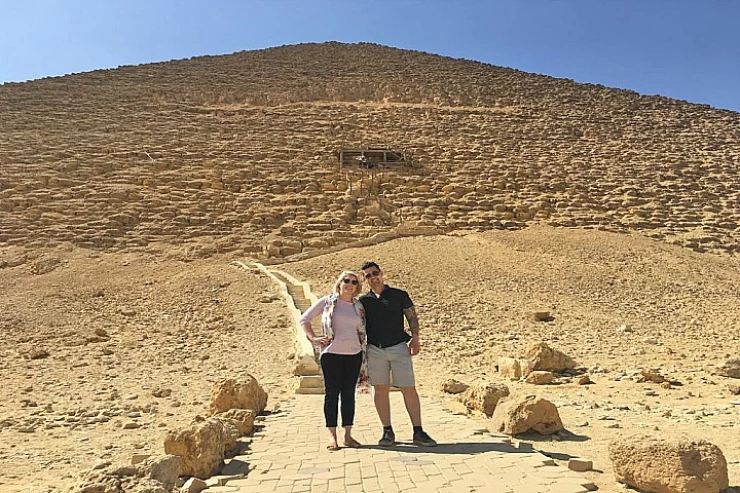
1st Dynasty of Ancient Egypt History
The Pharaonic era in Egypt's history extends to about three thousand years from 3200 BC until Alexander the Great entered Egypt in 323 BC. During the Pharaonic era, Egypt witnessed many stages of renaissance and progress that left a tremendous legacy of the manifestations and monuments of civilization, urbanization, science and the arts.
The earliest Egyptian rulers to govern a united Egypt were part of the First Dynasty. It commences Egyptian historical periods right after Upper and Lower Egypt were united, most likely by King Narmer. The yet-to-be-found city of Thinis served as the center of authority.
Not much information about this dynasty has survived. The flooring and walls of the kings' vast tombs were primarily constructed out of wood, with very little stone used. Numerous little graves were discovered next to the kings' tombs, leading experts to believe that human sacrifice was a component of the funeral rites.
The period known as the Early Dynastic Period in Egypt, which lasted from around 3150 to 2613 BCE, marks the start of the nation's history and is marked by the unification of the southern and northern areas of Upper and Lower Egypt under a single, centralized authority. The Egyptian priest Manithu, who lived in the third century BC, laid down the division of the families to determine the shape of the history of ancient Egypt, and the ancient Greek writers kept his calculations of ancient Egyptian history until the deciphering of hieroglyphs in the nineteenth century, were among the few historical novels that scientists could read.
The history of ancient Egypt has traditionally been divided into 30 or sometimes 31 families. Michael D., Associate Professor of Chronology at Groningen University in the Netherlands, said that "families" in Egypt are really just restorative constructs "according to Life Science. The first and second families date back about 5,000 years and are often called the "early" or "old" breeds. The first pharaoh of the first family was Mina or Narmer, who lived more than 5,000 years ago and is credited with being the first pharaoh of a united Egypt.
The third to sixth households date back to about 2650 to 2150 BC, often grouped together in a time period called the "ancient kingdom" by modern-day scientists. During this time, pyramid building techniques were developed and the pyramids of Giza were built. Papyrus sheets that are still being deciphered indicate that professional labor groups that sometimes translate as those that played a key role in the construction of the pyramids, as well as other temples according to Life Science.


















